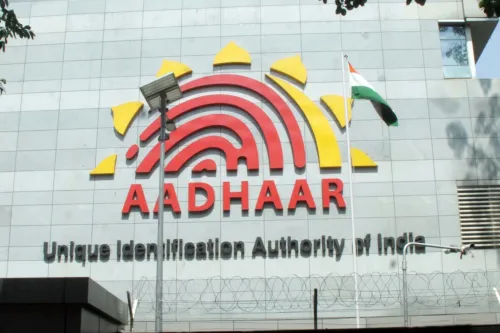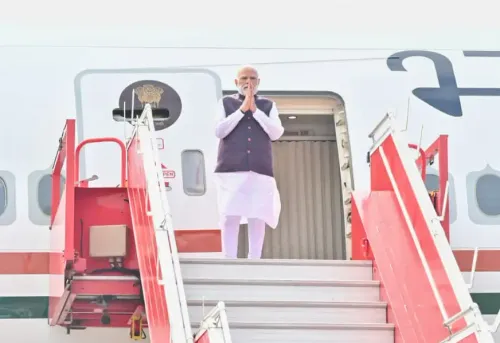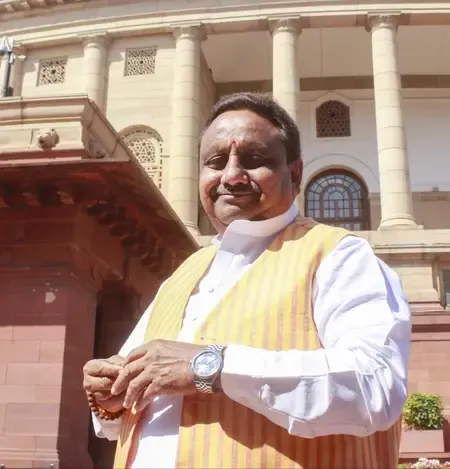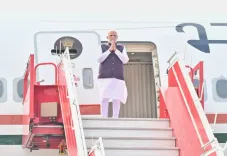Was India’s 2008 Resilience Transformed into Action? Urban Warfare Expert Discusses ‘Operation Sindoor’

Synopsis
Key Takeaways
- Operation Sindoor effectively targeted terror infrastructure.
- India achieved its strategic goals swiftly.
- Prime Minister Modi's leadership was pivotal.
- The operation emphasizes deterrence over revenge.
- Modern warfare requires clarity and decisiveness.
New Delhi, May 14 (NationPress) India’s strategic and precise military actions targeting terror bases within Pakistan and Pakistan-occupied-Kashmir (PoK), under the banner of ‘Operation Sindoor’, have garnered acclaim from John W. Spencer, a renowned expert in urban warfare. He hailed it as a “significant victory for India.”
John Spencer, who chairs Urban Warfare Studies at the Modern War Institute, shared his insights regarding 'Operation Sindoor'. He noted that, unlike past instances, India did not delay in its response or seek international intervention this time. Instead, it swiftly deployed warplanes against the terror networks responsible for the tragic April 22 incident in Pahalgam.
He emphasized that within a mere four days of calculated military operations, India achieved a substantial victory and commended Prime Minister Narendra Modi for the measured and focused response to Pakistan’s provocations.
“Operation Sindoor was not about conquest or regime alteration. It was a limited military action aimed at defined goals. India was not seeking revenge but rather establishing deterrence. And it succeeded,” he articulated in his article on the India-Pakistan military dynamics.
Reflecting on the evolving global perception of New Delhi, he stated, “The India of 2008 absorbed attacks and remained passive. This India retaliates — promptly, accurately, and decisively.”
Labeling 'Operation Sindoor' as a landmark achievement in modern military operations, Spencer remarked on X, “After merely four days of systematic military engagement, it is clear: India secured a tremendous victory. 'Operation Sindoor' not only achieved but surpassed its strategic objectives — dismantling terrorist infrastructure, showcasing military dominance, reinstating deterrence, and introducing a new national security policy. This was not merely symbolic; it was a show of decisive power, effectively applied.”
He further added, “'Operation Sindoor' was not about territorial occupation or regime change. It was a limited conflict executed with specific aims. Critics suggesting that India should have escalated miss the essential point. Strategic success is not measured by the extent of destruction but by the achievement of intended political outcomes.”
Describing what makes 'Operation Sindoor' distinct in contemporary warfare, he articulated, “The force used in 'Operation Sindoor' was both overwhelming and controlled — targeted, decisive, and without hesitation. Such clarity is rare in modern conflicts. 'Operation Sindoor' represents a model of limited warfare with clear objectives, matched resources, and a nation that maintained the initiative throughout.”









